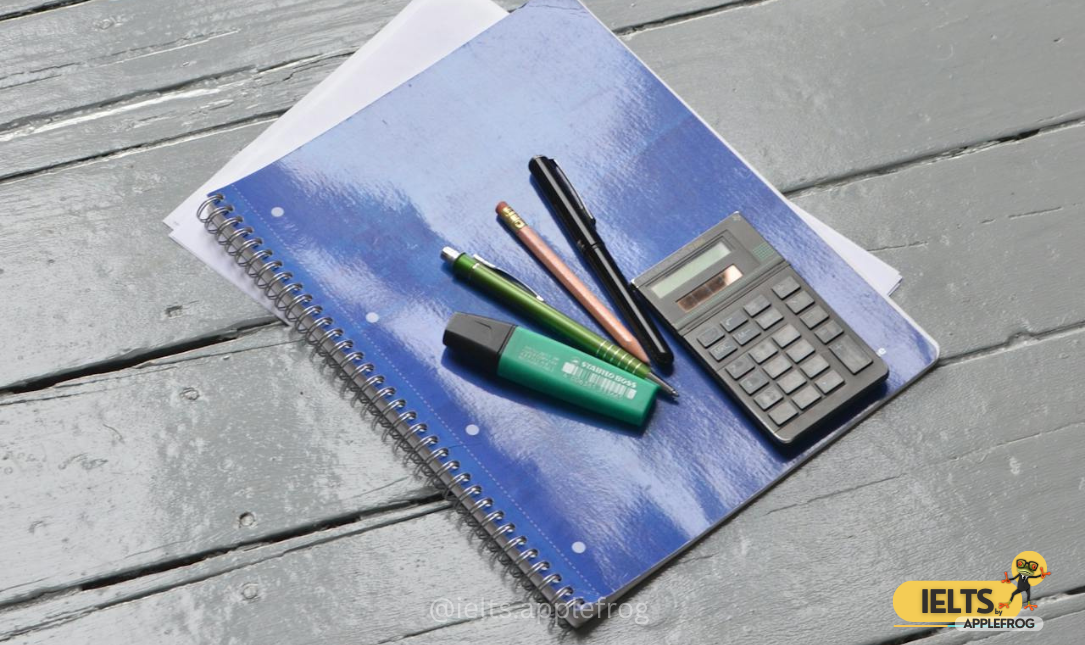
Transcript:
The invention of the printing press was a pivotal moment in human history. Invented by Johannes Gutenberg in the 15th century, it revolutionized the way information was shared. Books became cheaper to produce, making them accessible to a larger audience.
The printing press played a key role in the spread of education and literacy. Before its invention, books were copied by hand, a time-consuming and expensive process. The availability of printed books allowed ideas to travel quickly across Europe, fueling movements like the Renaissance and the Reformation.
Today, digital printing technologies continue to innovate, allowing for on-demand printing and customization. This has further democratized access to knowledge and education around the world.
Questions:
Complete the sentences using no more than two words.
- The printing press was invented in the __________ century.
- Books became accessible to more people due to __________ production costs.
- The availability of printed books helped spread __________ movements like the Renaissance.
- Before the printing press, books were copied by __________ methods.
- Digital printing technologies allow for on-demand printing and __________.
Answers:
- 15th.
- cheaper.
- intellectual.
- hand.
- customization.
Explanation:
1. The printing press was invented in the 15th century, as stated in the transcript, making “15th” the correct answer.
2. Books became accessible due to cheaper production costs, making “cheaper” the correct answer.
3. Printed books helped spread intellectual movements, making “intellectual” the correct answer.
4. Before the printing press, books were copied by hand, making “hand” the correct answer.
5. Digital printing allows on-demand printing and customization, making “customization” the correct answer.












 Here can be your custom HTML or Shortcode
Here can be your custom HTML or Shortcode
0 Comments